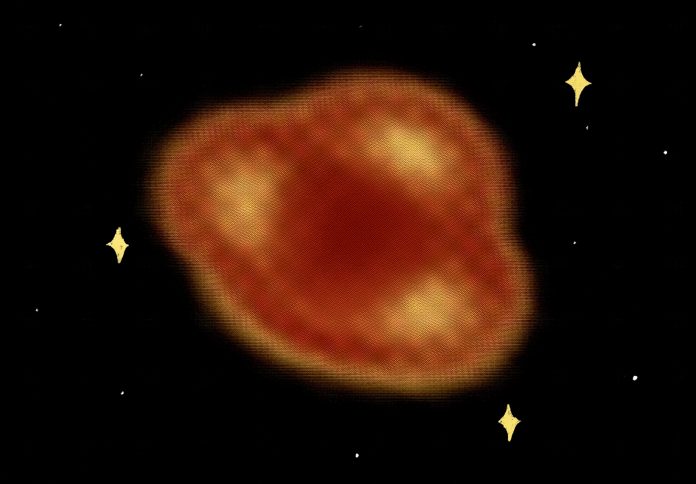Hailey Hill
Science & Tech Editor
Despite the dramatic advances in modern technology and space exploration, much about our home galaxy the Milky Way has remained shrouded in mystery.
However, recent discoveries have brought astrophysicists a bit closer to better understanding the Milky Way galaxy. It has long been observed that there is some sort of “invisible, compact, and very massive” object with its own gravitational pull in the center of the galaxy. For the first time in history, astrophysicists have captured this object and prove its existence through concrete evidence with a photo: a photo of a black hole.
The black hole, named Sagittarius A* and pronounced “sadge-ay-star,” is fairly similar to other black holes that have been repeatedly observed at the center of both neighboring and distant galaxies.
According to Priya Natarajan, an astrophysicist at Yale University, “Sagittarius A* probably formed from the merger of two black holes, when a pair of galaxies combined to form the Milky Way.”
The glowing, ring-like formation visible in the photo that illuminates the shape of the black hole is the result of radiation and gravitational energy that continuously sucks matter into its center. Astrophysicists studying Sagittarius A* believe that matter is being pulled into the black hole at a “leisurely pace,” citing the relatively dim glow of the ring compared to what astrophysicists have observed with other black hole formations.
Although this is the first photographic evidence captured of a black hole in our own galaxy, this feat has been accomplished once before. In 2019, the same organization that captured Sagittarius A*, the Event Horizon Telescope (EHT) Collaboration, produced the first-ever image of a black hole. This black hole, named M87*, is located within the distant Messier 87 galaxy.
Joseph Farah, an alumnus of the University of California, Santa Barbara (UCSB) has contributed to several years of EHT’s research on both the M87* black hole and Sagittarius A*. As a key contributor to EHT’s advances in space exploration, Farah also recently participated in a major news conference in Washington, D.C, during which the groundbreaking image was unveiled and discussed with the public for the first time.
According to an article originally published by the university, Farah’s work was instrumental in developing a technique for producing “a dynamical movie representation” of Sagittarius A*. Without this contribution, capturing Sagittarius A* in a photograph would have been nearly impossible, as the scope of the black hole is too massive to capture in a single still image. Instead, the image is a composite of many images taken with a highly advanced telescope.
“I can’t believe how quickly the project grew from analyzing the exciting-but-preliminary initial datasets to seeing the beautiful shadow reconstruct before our eyes. It’s the only thing that seems to evolve faster than [Sagittarius] A*! What a privilege it has been to be a part of this wonderful project, with all of our wonderful collaborators,” said Farah in a statement.
The passionate, unending scientific curiosity that drives Farah is intriguing to witness and is only the beginning of unlocking the full potential of his research endeavors. As for Sagittarius A*, its captured photo remains to be an incredible feat and continues to beg the question: what else will we be able to see out there?











